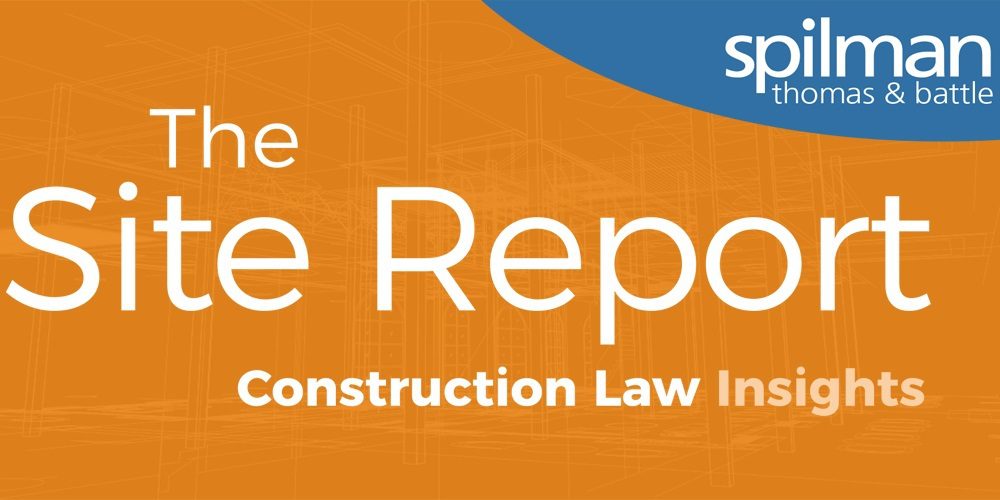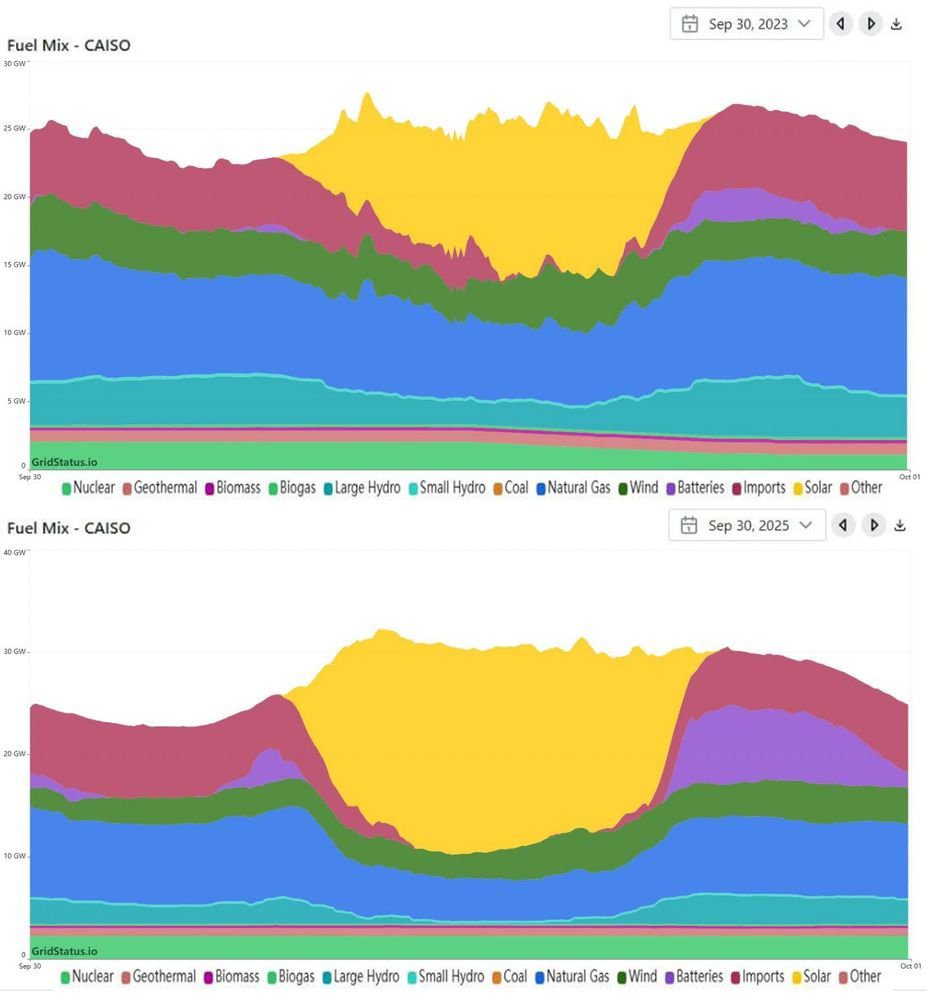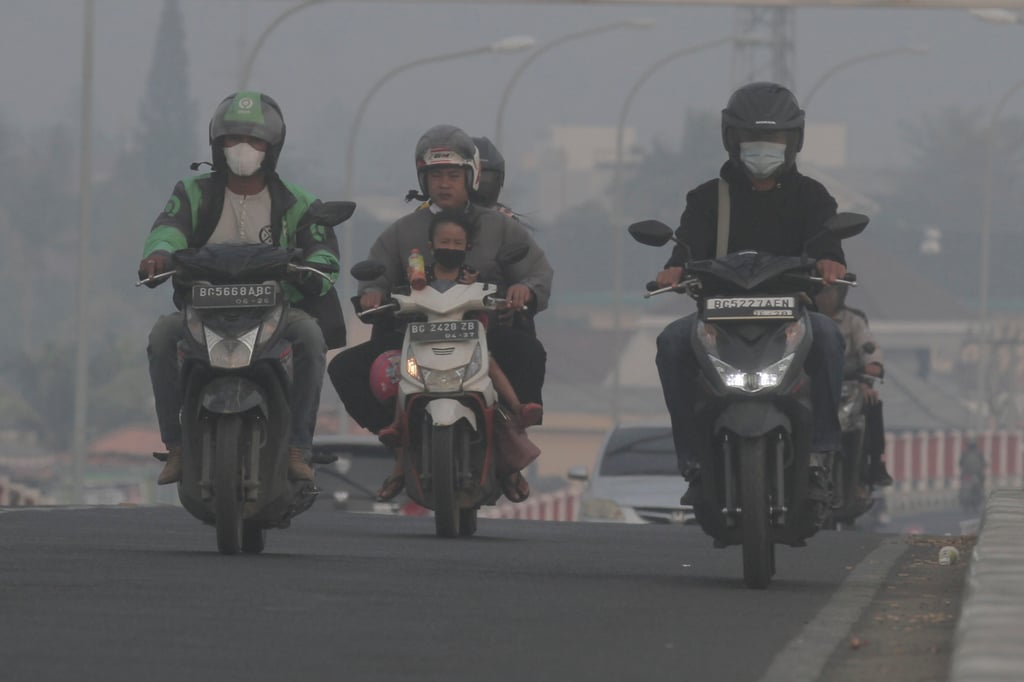Seattle’s proposed Business and Occupation tax changes on Small Businesses – Washington Policy Center

Report on Seattle’s Proposed B&O Tax Restructuring and its Implications for Sustainable Development Goals
Executive Summary
A proposed modification to the City of Seattle’s Business and Occupation (B&O) tax structure presents a significant challenge to the city’s small business community. The plan, which transitions from a flat-rate tax to a tiered system based on gross receipts, threatens to undermine progress toward several key United Nations Sustainable Development Goals (SDGs), most notably SDG 8 (Decent Work and Economic Growth). While ostensibly aimed at creating a more progressive tax system in line with SDG 10 (Reduced Inequalities), the proposal’s reliance on gross revenue rather than net profit risks disproportionately burdening the small and medium-sized enterprises (SMEs) that are crucial for a sustainable and inclusive local economy.
Analysis of Economic Impact on SMEs
The proposed tiered B&O tax system introduces considerable economic uncertainty for small businesses, which are foundational to achieving sustainable urban development. Unlike large corporations, SMEs often lack the financial resources to absorb sudden increases in operational costs. The primary challenges include:
- Punitive Impact on Low-Margin Sectors: Industries such as hospitality, food service, and specialty retail often have high gross receipts but very narrow profit margins. A restaurant, for example, could exceed $2 million in revenue while realizing only a 3% profit, yet would face a higher tax bracket, jeopardizing its viability.
- Erosion of Financial Predictability: The current flat-rate system, while imperfect, allows businesses to forecast tax liabilities with certainty. A tiered system penalizes growth and complicates financial planning, which is critical for stability and investment.
- Exacerbation of Existing Pressures: Seattle’s small businesses are already navigating a difficult economic environment characterized by inflation, high labor costs, and significant regulatory requirements. This additional tax burden could prove to be a breaking point for many.
Conflict with SDG 8: Decent Work and Economic Growth
The proposed tax reform directly conflicts with the objectives of SDG 8, which calls for promoting sustained, inclusive, and sustainable economic growth, full and productive employment, and decent work for all. The policy threatens to reverse progress in the following areas:
- Stifling Job Creation: As the primary drivers of local employment, SMEs forced to allocate more capital to taxes will have fewer resources for hiring, expansion, and maintaining current staffing levels. This undermines the goal of creating decent jobs and achieving full employment.
- Discouraging Entrepreneurship and Innovation: Target 8.3 of the SDGs focuses on supporting entrepreneurship, creativity, and innovation. A tax system that imposes higher rates as a business scales creates a powerful disincentive for growth, effectively penalizing success and discouraging the entrepreneurial spirit necessary for a dynamic economy.
- Weakening Local Economic Resilience: By making Seattle a less competitive city for business compared to neighboring municipalities like Bellevue, the policy risks driving entrepreneurs and investment away. This exodus would weaken the local economic base and hinder long-term sustainable growth.
Broader Implications for Sustainable Development
Beyond SDG 8, the proposal has negative implications for other interconnected development goals.
- SDG 11 (Sustainable Cities and Communities): Small businesses form the economic and cultural fabric of a thriving city. Their decline would diminish community vitality, reduce local services, and detract from the goal of making cities inclusive, safe, resilient, and sustainable.
- SDG 9 (Industry, Innovation, and Infrastructure): SMEs are frequently the incubators of innovation. By creating barriers to scaling, the tax change could suppress the innovation needed to build resilient infrastructure and foster sustainable industrialization.
- SDG 10 (Reduced Inequalities): While the stated intent is to increase tax fairness, the practical effect could be an increase in inequality. If small business owners and their employees face financial ruin, the gap between large, resilient corporations and struggling local enterprises could widen, contrary to the spirit of SDG 10.
Recommendations for a Sustainable Path Forward
To align municipal tax policy with the Sustainable Development Goals, policymakers should reconsider the current proposal. A more balanced approach is necessary to ensure that tax reform supports, rather than hinders, the small business ecosystem. Recommendations include:
- Conducting a thorough SDG-focused impact assessment before implementing any changes.
- Structuring tax adjustments based on profitability rather than solely on gross receipts.
- Introducing exemptions or significantly lower rates for SMEs below a certain profit threshold.
- Providing options for tax deferment to help businesses navigate economic downturns.
- Prioritizing policies that create a supportive and competitive environment for the small businesses essential to Seattle’s sustainable future.
Analysis of Sustainable Development Goals (SDGs) in the Article
1. Which SDGs are addressed or connected to the issues highlighted in the article?
-
SDG 8: Decent Work and Economic Growth
- The article’s primary focus is on the economic viability of small businesses in Seattle. It discusses how the proposed B&O tax change could threaten job creation, discourage entrepreneurship, and stifle economic growth, which are central themes of SDG 8. The text explicitly mentions that the policy could “reduce job opportunities” and “weaken the local economy.”
-
SDG 10: Reduced Inequalities
- The article touches upon this goal by discussing the city’s rationale for the tax change, which is to make taxation “more progressive” and ensure “larger businesses pay a fairer share.” However, it argues that the policy could inadvertently create new inequalities by disproportionately harming small and mid-sized businesses with high gross receipts but low profit margins, thus failing to achieve its intended goal of greater equality.
-
SDG 11: Sustainable Cities and Communities
- The issue is framed within the context of Seattle’s urban economy. The article warns that the tax policy could undermine the city’s “economic and cultural fabric” by driving small businesses away to more competitive neighboring cities like Bellevue. This directly relates to the goal of creating inclusive, resilient, and sustainable urban economies.
2. What specific targets under those SDGs can be identified based on the article’s content?
-
Target 8.3: Promote development-oriented policies that support productive activities, decent job creation, entrepreneurship, creativity and innovation, and encourage the formalization and growth of micro-, small- and medium-sized enterprises.
- The article directly critiques a proposed local policy (the B&O tax) for its potential negative impact on small businesses. It argues that the policy will “stifling growth, discouraging entrepreneurship,” and hindering job creation, which is the opposite of what Target 8.3 aims to achieve.
-
Target 10.4: Adopt policies, especially fiscal, wage and social protection policies, and progressively achieve greater equality.
- The proposed tiered B&O tax is a fiscal policy intended to create a more progressive tax system. The article analyzes this policy, questioning its effectiveness and highlighting its potential to “disproportionately affect” certain types of small businesses, thereby challenging whether it would successfully achieve greater equality.
-
Target 11.a: Support positive economic, social and environmental links between urban, peri-urban and rural areas by strengthening national and regional development planning.
- The article points to a breakdown in sound regional economic planning by highlighting that the proposed policy in Seattle would put it at a “disadvantage to local cities like Bellevue.” This suggests a failure to create a cohesive and supportive economic environment across the region, potentially causing businesses to relocate and disrupting positive economic links.
3. Are there any indicators mentioned or implied in the article that can be used to measure progress towards the identified targets?
-
For Target 8.3:
- Rate of small business closures/relocations (Implied): The article warns the tax change could mean the difference between “staying afloat and closing their doors” and might drive startups to “relocate to more business-friendly jurisdictions.” Tracking this rate would measure the policy’s impact on the small business ecosystem.
- Rate of entrepreneurship and business growth (Implied): The text states the policy could “discourage entrepreneurs from scaling their operations” and “stifle entrepreneurial spirit.” Measuring new business formation and the growth rate of existing small businesses would be a relevant indicator.
- Job creation in the small business sector (Implied): The article claims the policy could “reduce job opportunities” and that excessive taxation deters “job creation.” The number of jobs created by small enterprises would be a direct indicator.
-
For Target 10.4:
- Tax structure (Mentioned): The article explicitly contrasts the “flat-rate B&O tax” with the proposed “tiered system based on gross receipts.” The structure of the tax itself is a key indicator of the fiscal policy being implemented.
- Business profit margins (Mentioned): The article uses the example of a small restaurant making “only a 3% profit” despite high gross revenue to illustrate the policy’s potential inequity. Profit margins, as opposed to just gross receipts, are presented as a crucial indicator for assessing the fairness of the tax burden.
-
For Target 11.a:
- Inter-city business competitiveness (Implied): The article compares Seattle’s proposed tax structure to Bellevue’s “more stable and favourable tax structure.” The relative tax burden and business-friendliness of neighboring cities serve as an indicator of regional economic competitiveness and planning.
4. Table of SDGs, Targets, and Indicators
| SDGs | Targets | Indicators |
|---|---|---|
| SDG 8: Decent Work and Economic Growth | Target 8.3: Promote development-oriented policies that support productive activities, decent job creation, entrepreneurship… and encourage the… growth of… small- and medium-sized enterprises. |
|
| SDG 10: Reduced Inequalities | Target 10.4: Adopt policies, especially fiscal… policies, and progressively achieve greater equality. |
|
| SDG 11: Sustainable Cities and Communities | Target 11.a: Support positive economic… links between urban… areas by strengthening… regional development planning. |
|
Source: washingtonpolicy.org

What is Your Reaction?
 Like
0
Like
0
 Dislike
0
Dislike
0
 Love
0
Love
0
 Funny
0
Funny
0
 Angry
0
Angry
0
 Sad
0
Sad
0
 Wow
0
Wow
0















;Resize=805#)
































































